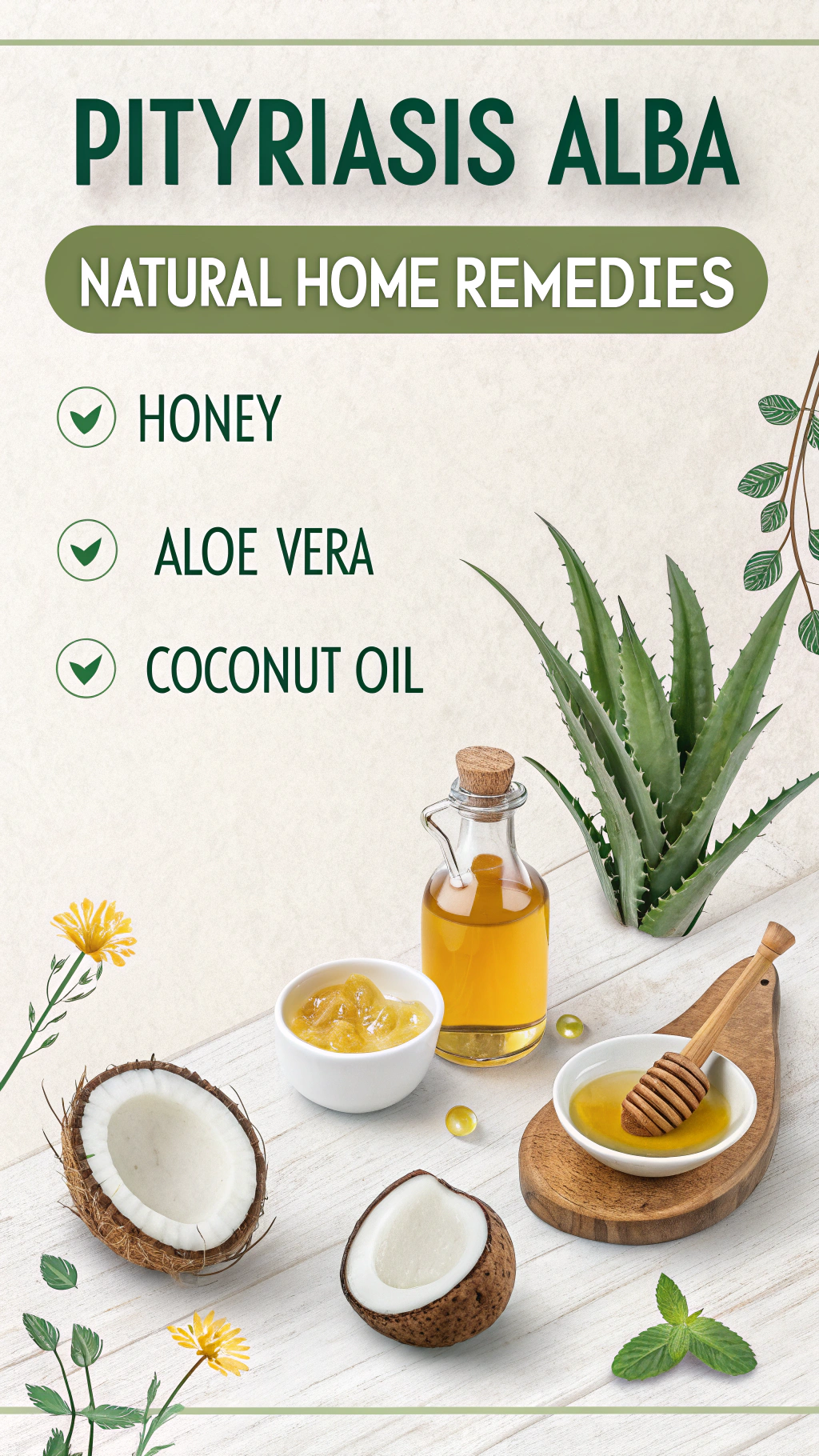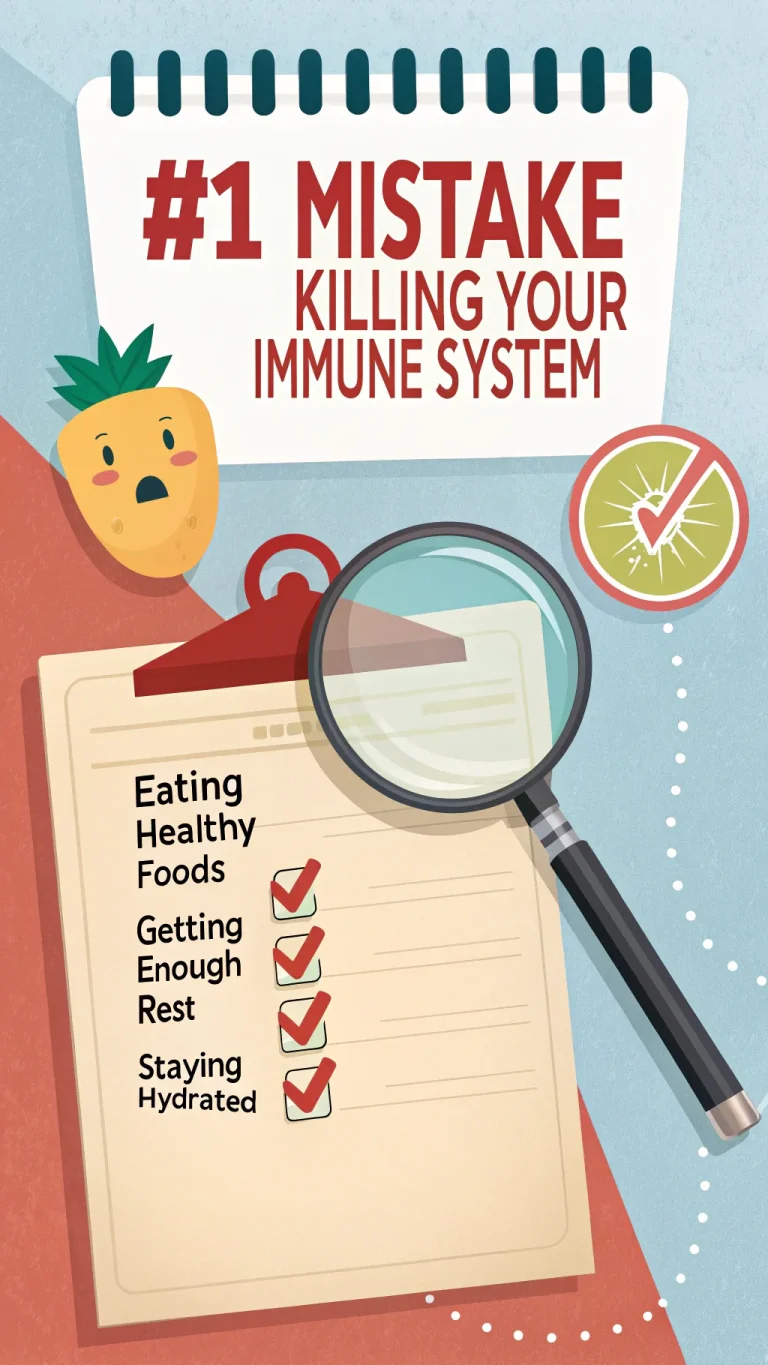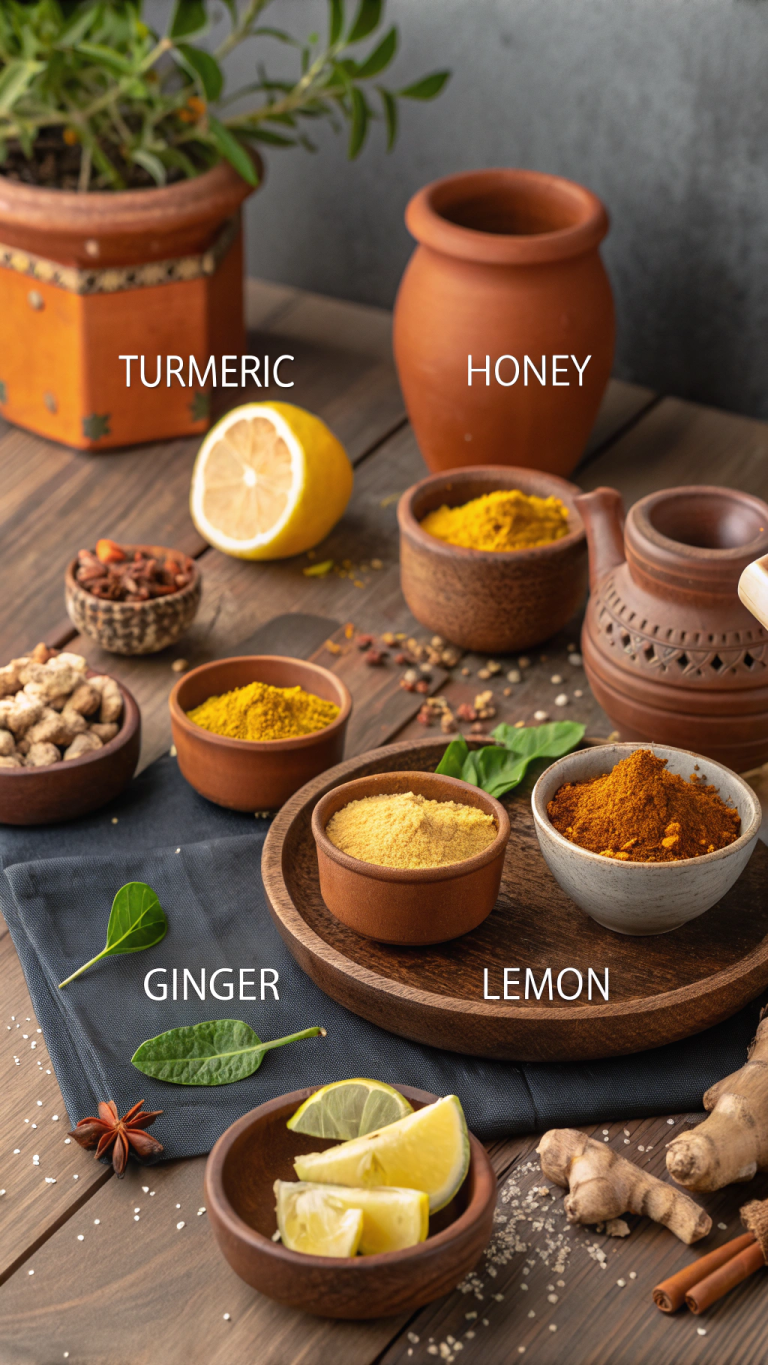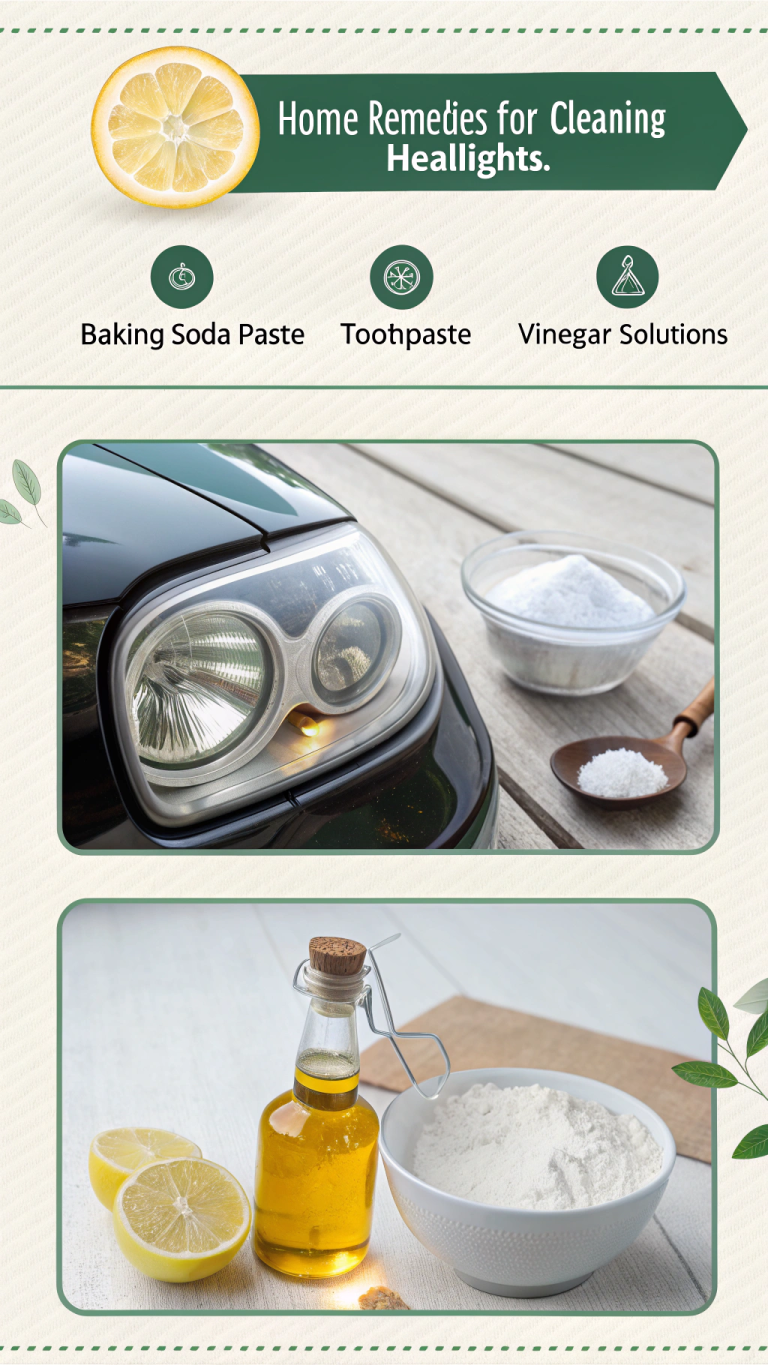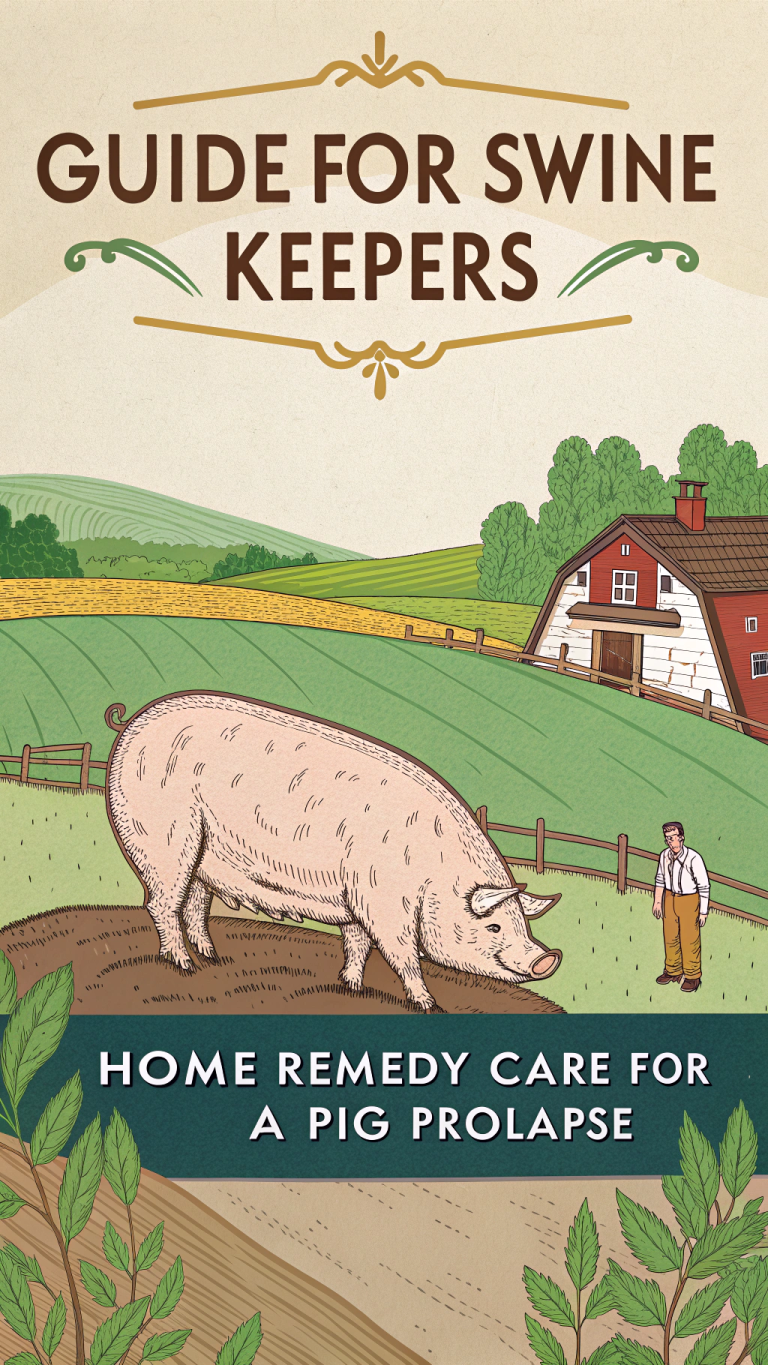Pityriasis Alba Home Remedy A Guide To Skin Discoloration
Those dry, lighter patches on your skin can feel frustrating. They show up. Sometimes they stay a while. People, especially kids, often feel a bit shy about them. This common skin thing has a name. It is Pityriasis alba.
Pityriasis alba gives you hypopigmented spots. These patches are lighter than your normal skin. They often pop up on the face or arms. Sometimes they appear on the torso too. It is a benign condition. It doesn’t harm you. It is often linked to dry skin or mild eczema.
Many people look for other ways to help their skin. Standard treatments can sometimes use strong creams. People want gentler options. They seek a Pityriasis alba home remedy. They want natural ways to soothe these patches.
I love exploring nature’s gifts for skin health. This guide focuses on that. We will look at natural healing. We explore gentle Pityriasis alba home remedy choices. We use pure ingredients. We also touch on herbal medicine.
Come with me on this journey. We will understand this skin condition. We will find simple ways to help. We will explore topical remedies. We will learn about herbs. We will look at lifestyle too. We will find ways for your skin to feel better.
Here are some natural ways to help your skin.
Understanding Pityriasis alba Through a Natural Lens
What exactly is Pityriasis alba? It shows up as dry patches. These spots look lighter than your skin. Doctors call them hypopigmented spots. They are common for kids. Teens get them too. Usually, they show on the face. Arms and torsos can have them. It is not a serious problem. The patches do not spread to others. They often fade away. This takes months or even years. Doctors do not know the exact cause. They link it to dry skin. Mild eczema might play a part. Sun exposure makes patches show more.
I look at skin problems differently. I think about natural balance. Ayurveda principles guide me. Skin health links to your whole body. Ayurveda talks about doshas. These are body types: Vata, Pitta, Kapha. Dry skin can mean Vata is high. Redness or heat might mean Pitta is high. Pityriasis alba involves dry patches. This suggests a Vata imbalance. There might be mild Pitta heat too.
Ayurveda sees skin as important tissue. It is like blood and muscle. Skin health needs clear channels. Everything must flow well inside. Holistic skin healing means looking deeper. We address the inside and outside.
Why choose natural remedies? They are gentle. They have fewer harsh effects. Natural methods nourish skin. They support the skin barrier function. Home remedies save money. DIY skin care empowers you. You take charge of your wellness.
Get a doctor’s check first. It rules out other issues. Then try these gentle ways.
Topical Home Remedies: Nourishing & Soothing Pityriasis alba Patches
Let’s talk about simple home remedies. These use things you likely have. They help those dry skin patches.
Natural oils work wonders. Coconut oil is great. Olive oil is good too. Shea butter is deeply moisturizing. Jojoba oil feels light. These oils fight dryness. They help the skin barrier function. Massage oil into patches. Do this many times each day. Put it on after washing.
Mix your own simple blend. Take two parts coconut oil. Add one part shea butter. Melt them gently. Mix them well. Let it cool. Use this blend.
Aloe vera is very soothing. It calms skin redness. It adds moisture. Fresh gel works best. Break off a leaf. Apply the clear gel. You can buy pure gel too. Check the label for additives. Mix aloe with oils. It adds more hydration.
Oatmeal helps skin feel better. Use colloidal oatmeal. It calms itchiness. It helps irritated skin. Add it to your bath water. Or make a paste. Mix oatmeal with water. Apply it to the patches.
Calendula is a gentle herb. It calms skin. It helps minor skin healing. Find calendula oil or cream. Apply it gently to the patches.
Vitamin E oil is an antioxidant. It helps skin repair. Use a tiny bit. Put it right on patches. Or mix drops into oils.
Preparation methods are easy. Just mix ingredients. Warm oils if needed. Application tips are key. Clean skin first. Be very gentle. Massage it in softly. Do it every day. Consistency is important. Always test a new ingredient first. Put a little on a small skin spot. Wait a day. Check for redness or reaction. Use good quality ingredients. Do not use remedies on broken skin.
Herbal & Ayurvedic Support: Addressing Pityriasis alba Internally & Externally
Herbs offer more support. Ayurveda has many skin remedies. These herbal treatments for skin go deeper.
Neem is a strong skin herb. Ayurveda uses it often. It calms irritation. It helps cleanse the skin. Use neem oil diluted. Apply it outside. Neem leaf paste also works. You can take neem inside. Use capsules or tea carefully. Get guidance first. Neem can be drying. Use it with oils.
Turmeric fights redness inside. It is a strong antioxidant. Make an external paste. Mix turmeric with milk. Or use honey or yogurt. Be careful. Turmeric can stain skin. You can take turmeric inside. Add it to warm milk. Take supplements. Turmeric loves oil. It helps your body use it. Mix it with honey.
Manjistha helps blood. It cleanses the blood. Ayurveda uses it for skin health. You take this herb internally. It comes as powder or capsules. Ask an Ayurvedic expert. They tell you the right amount. Dosage guidelines are important.
Sandalwood cools hot skin. It soothes irritation. It calms skin redness. Use sandalwood paste. Mix it with rose water. Milk works too. Make sure it comes from good sources. Sustainable sourcing matters.
Ayurveda has special oils. Kumkumadi Tailam is one. These are complex mixes. They help skin greatly. Do not make these yourself. Consult an Ayurvedic practitioner. Traditional medicine has deep knowledge.
Diet helps your skin too. Ayurveda suggests certain foods. Eat foods that balance you. Sweet, bitter, tastes help. Healthy fats are good. Limit sour, salty, spicy foods. This helps calm Pitta. Cold, dry foods can increase Vata. Avoid too many of these.
Be careful with herbs. Use high-quality herbal medicine. Some herbs might affect medicines you take. Always ask a professional first. Talk to an Ayurvedic expert. Or see a herbalist. This is very important for kids. Watch for side effects. Turmeric stains. Neem can dry skin. Learn how to use herbs safely.
Lifestyle, Diet, and Holistic Approaches for Pityriasis alba
Helping your skin goes beyond creams. Holistic healing looks at your whole life. Natural healing includes daily habits.
Keep your skin moist inside and out. Drink plenty of water. Use gentle soaps. They do not strip skin oils. Put on natural creams often. We talked about those earlier.
Protect your skin from the sun. Sun makes patches look lighter. The skin around them tans. Patches become more noticeable. Use natural sunscreens. Wear hats. Stay in the shade.
Eat foods for healthy skin. Omega-3 fats are key. Find them in flaxseed. Chia seeds have them. Walnuts are good. Fatty fish helps too. These support the skin barrier function. Antioxidants protect skin cells. Berries are full of them. Eat leafy greens. Choose colorful vegetables.
Gut health matters for skin. The gut-skin axis is real. Eat fermented foods. Yogurt has good bacteria. Sauerkraut is another. Probiotics can help. Limit processed foods. Eat less sugar. Avoid artificial things. Watch for foods that bother you.
Manage your stress. Stress affects skin conditions. Find natural ways to relax. Try quiet time. Do deep breathing. Gentle yoga is good. Spend time outside. Nature helps calm you.
Be gentle with your skin. Avoid harsh scrubbing. Do not use hot water. Pat skin dry softly. Use soft towels.
Think about integrative wellness. It is a growing trend. Combine good habits. Use targeted remedies. The gut-skin link is important. It is key in natural skin health.
Try one new healthy food. Add it to your meals this week. Or try relaxing for five minutes daily.
Real-World Application: A Case Study in Natural Pityriasis alba Management
Let me tell you about a boy named Leo. He is seven years old. He had persistent dry spots. They were lighter on his cheeks. These hypopigmented spots showed more in summer. His parents worried about creams. They did not want long-term steroid use. They looked for natural remedies for Pityriasis alba.
Leo’s parents saw a doctor first. They confirmed it was Pityriasis alba. Then they searched for help. They looked for home remedies for dry skin patches. Ayurvedic remedies for skin interested them. They wanted something gentle for a child.
They chose a few methods. They used a topical mix. It was their main Pityriasis alba home remedy. They blended pure coconut oil. They added aloe vera gel. They applied it daily. They also changed his diet a little. They added healthy fats. He ate more avocado. They put flaxseed in his smoothies. They made sure he drank enough water. Lifestyle changes were important. They were strict about sun protection. Leo wore hats. He played in the shade. They used gentle, natural soap for his baths.
Preparation was simple. They mixed the oil and gel. They kept it in a small jar. Diet changes meant planning meals. Application was easy. They put the mix on his face. They did it morning and night. This was after a gentle wash.
They kept doing this for about two months. The patches felt better. They were less dry. They were smoother. The color difference took longer. It did not disappear fast. But the patches blended in more. They looked less noticeable. Especially when he was not in bright sun. Leo’s parents felt good. They used a natural healing path. It was gentle and steady. Holistic healing helps the whole person. Diet and protection truly helped. Remember, results are different for everyone.
Leo’s parents got ideas from places online. They found info on natural skincare. They learned about Ayurveda principles. Sites like the American Academy of Dermatology explain Pityriasis alba. (Note: I cannot provide actual links).
FAQs About Pityriasis alba Home Remedies
Is Pityriasis alba contagious? No. It is a common skin condition. It affects children and young adults. You cannot catch it. It does not come from germs.
How fast do home remedies work? Natural healing needs time. Dryness might improve fast. This is true with oils. Color changes take much longer. Skin needs time to get its color back. This can be months. It might take a year. Sometimes more. Be patient. Do remedies consistently.
Can I use these herbal treatments on sensitive skin? What about kids? Many plant-based remedies are gentle. Natural oils are often good. They are often used for sensitive skin. They are good for children. Always do a patch test first. Put a little on a small spot. Watch for a reaction. Some herbs are strong. Use them carefully. Get guidance from an expert. Pay attention to precautions.
Does my diet really matter for Pityriasis alba? Diet is not the main cause. But healthy food helps skin. Eating well supports skin health. Foods with good fats help. Antioxidants are good too. This helps your body’s natural healing. Ayurveda principles agree. Internal balance shows on your skin.
When should I see a doctor? Get a proper diagnosis first. Make sure it is Pityriasis alba. A doctor rules out other things. See a doctor if patches itch a lot. Go if they are red. See them if patches spread fast. Go if you are not sure. Get help deciding on natural remedies.
Conclusion
Pityriasis alba is not harmful. It is a common skin thing. A gentle approach helps manage it. Natural healing supports skin health. Simple home remedy applications work. Natural oils are helpful. Aloe vera is soothing. Herbal medicine offers support. Ayurveda principles guide this. Lifestyle matters greatly. Diet, water, and sun protection help. Holistic healing includes all these things.
Be patient with natural methods. They take time. Do them consistently. Start with easy steps. Try a daily natural cream. Eat more skin-friendly foods. Ask a natural health expert for help. Talk to a doctor too. Embrace this gentle path. Support your skin’s wellness.
FAQs About Pityriasis alba Home Remedies
People ask many questions. Here are some common ones.
Is Pityriasis alba contagious?
No. It is a common skin condition in children. Young adults get it too. You cannot catch it. It is not from an infection.
How fast do home remedies work?
Natural healing takes time. Dryness improves fast. Natural oils help quickly. Color changes take much longer. Skin needs time to repigment. It can take months. A year is possible. Sometimes more. Be patient. Do your Pityriasis alba home remedy consistently.
Can I use these herbal treatments on sensitive skin? What about kids?
Many plant-based remedies are gentle. Natural oils are often good. They suit sensitive skin. Kids can use them too. Always do a patch test first. Put a little on skin. Watch for a reaction. Some herbs are strong. Use precautions. Get expert guidance.
Does my diet really matter for Pityriasis alba?
Diet is not the main cause. But healthy food helps skin health. Eating well supports skin. Foods with good fats help. Antioxidants are good. This helps your body’s natural healing. Ayurveda principles agree. Balance inside helps skin. This relates to diet for skin health.
When should I see a doctor?
Get a proper diagnosis first. Make sure it is Pityriasis alba. A doctor rules out others. See a doctor if patches itch a lot. Go if they are red. See them if patches spread fast. Go if you are not sure. Get help with natural remedies.
Conclusion
Pityriasis alba is common. It is not harmful. Gentle natural healing helps. It manages symptoms well. It supports overall skin health.
Simple Pityriasis alba home remedy works. Use natural oils. Aloe is great. Herbal medicine offers support. Ayurveda principles guide us. Holistic healing needs lifestyle changes. Diet helps. Hydration is key. Sun protection is important.
Natural methods take time. Be patient. Be consistent. Keep trying your remedies.
Start small today. Try a natural moisturizer daily. Add skin-friendly food. Talk to a natural health expert. See a dermatologist too. Embrace this path. Support your skin wellness naturally.
Jamie Carter
Jamie is deeply committed to holistic wellness, blending natural, home, and homeopathic remedies into her family’s daily life. She lives in a suburban home with a small herb garden where she grows plants like chamomile and lavender for remedies. Jamie spends her mornings teaching yoga and her afternoons researching or preparing remedies for her family’s health needs. She’s active in local wellness communities, often attending workshops on homeopathy and natural healing, and prefers gentle, non-invasive solutions over conventional medicine.
Goals and Motivations
Primary Goal: To support her family’s health using natural, home, and homeopathic remedies that are safe and effective.
Secondary Goal: To deepen her knowledge of homeopathic principles and share reliable remedies with her clients and community.
Motivations: Jamie is motivated by her belief in the body’s ability to heal itself with minimal intervention. She values remedies that are personalized, sustainable, and aligned with homeopathic philosophy, such as using highly diluted substances to stimulate healing.

